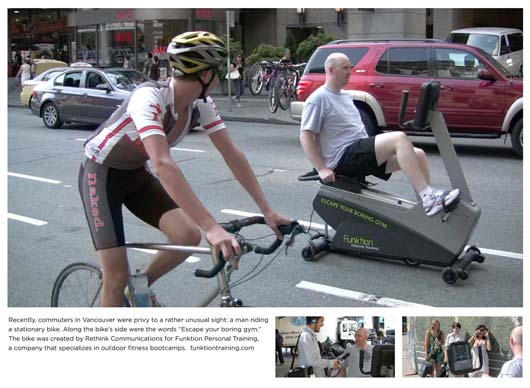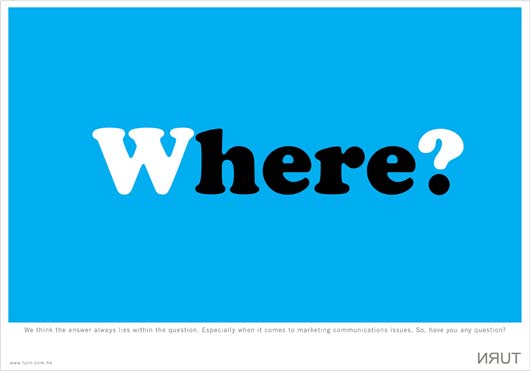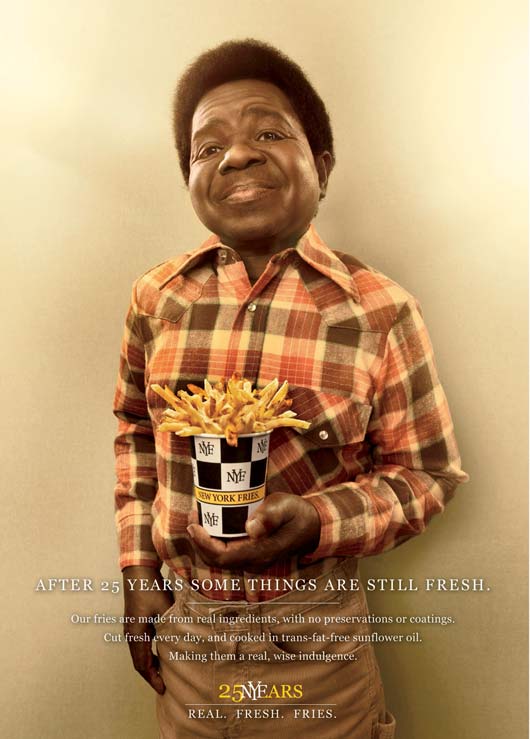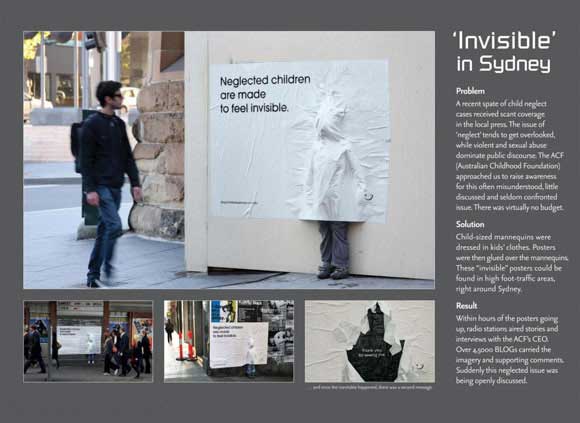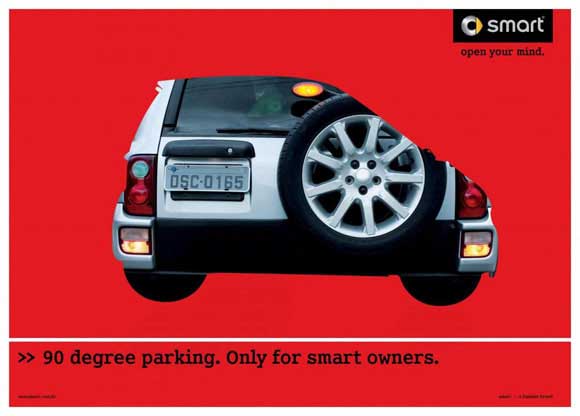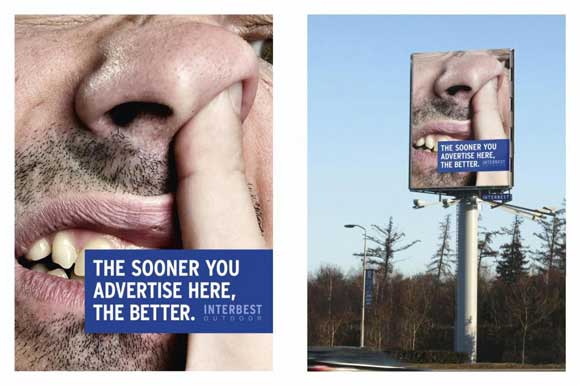Cell phones are owned by overwhelmingly large majorities of people in
most major countries around the world, and they are used for much more
than just phone calls. In particular, text messaging is a global
phenomenon – across the 21 countries surveyed, a median of 75% of cell
phone owners say they text.
Texting is widespread in both wealthy nations and the developing
world. In fact, it is most common among cell phone owners in two of the
poorest nations surveyed: Indonesia and Kenya.
Many also use their mobile phones to take pictures or video. A median
of 50% use their cell phones in this way in the 21 countries polled.
Fully 72% of Japanese cell phone owners take pictures or video, as do
roughly six-in-ten in Mexico (61%), Spain (59%) and Egypt (58%). Fewer
users access the internet via cell phone, although more than four-in-ten
mobile phone owners use their device to go online in Israel (47%),
Japan (47%) and the United States (43%).
The survey by the Pew Research Center’s Global Attitudes Project,
conducted March 21 to May 15, also finds that social networking is
popular in many nations around the globe. This is especially true in
Israel (53%) and the U.S. (50%), where half or more say they use social
networking websites. More than four-in-ten use these sites in Britain
(43%), Russia (43%) and Spain (42%).
Social networking is generally more common in higher income nations;
however, this is largely driven by the fact that wealthier countries
have higher rates of internet access. People in lower income nations who have online access use social networking at rates that are as high, or higher, than those found in affluent countries.
In nearly every country, the young and the well-educated are
especially likely to embrace all of these technologies. People under age
30 and college graduates tend to use their cell phones for more
purposes than those in older age groups and those without a college
degree, and they are also more likely to use social networking sites.
Social Networking Widely Popular
In
15 of 21 countries, at least 25% of those polled use social networking
sites. Israel (53%) and the U.S. (50%) top the list with the highest
percentage of adults who say they use online social networking sites
such as Facebook.
About four-in-ten of all adults in Britain (43%), Russia (43%), Spain
(42%), Lithuania (39%) and Poland (39%) also say they engage in social
networking. Among this group, Russia is the only country where nearly
all internet users are on social networking sites. Only 6% of Russian
internet users say they do not go on these sites. In Germany (35%),
France (35%), and China (32%), about a third of adults do so.
Germany, France, and Japan are the only countries polled where more
internet users say they do not go on social networking sites than say
they do. While 35% of Germans use social networking sites, 44% go online
but do not use such sites; the comparable numbers are 35% and 38% in
France and 25% and 33% in Japan.
About three-in-ten are on social networking sites in Ukraine (30%),
Turkey (29%), Jordan (29%), and Egypt (28%). In these four countries, as
well as many others where social networking is less prevalent, the
percentage of users tends to be low because majorities do not use the
internet at all; however, among those who do use the internet, more are
using social networking sites than not.
In most of the countries surveyed, there has been only marginal
change in social networking use since 2010. Two notable exceptions are
Egypt and Russia – countries where the role of social media in recent
political upheaval has been the subject of considerable attention. In
both nations, usage has increased by ten percentage points over the past
year, from 18% in 2010 to 28% in 2011 in Egypt and from 33% to 43% in
Russia.
The percentage of adults who use social networking sites is
determined in part by the prevalence of internet use, which is more
broadly connected to a country’s wealth. The scatter plot below shows
the positive relationship between GDP per capita (PPP) in the country
and the level of social networking.The U.S., which has the highest per capita GDP among the countries
surveyed, is also among the countries with the highest percentage of
adults using social networking sites, while Pakistan and India have two
of the lowest per capita GDPs and the lowest levels of social
networking.
http://www.pewglobal.org/2011/12/20/global-digital-communication-texting-social-networking-popular-worldwide/











